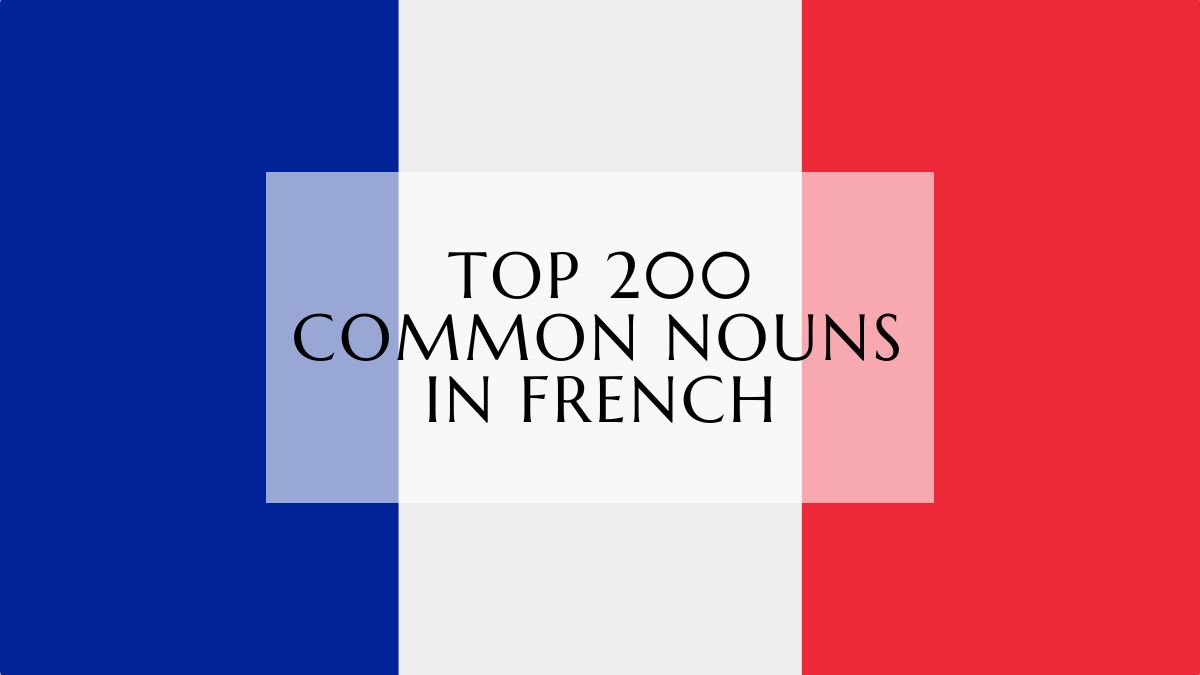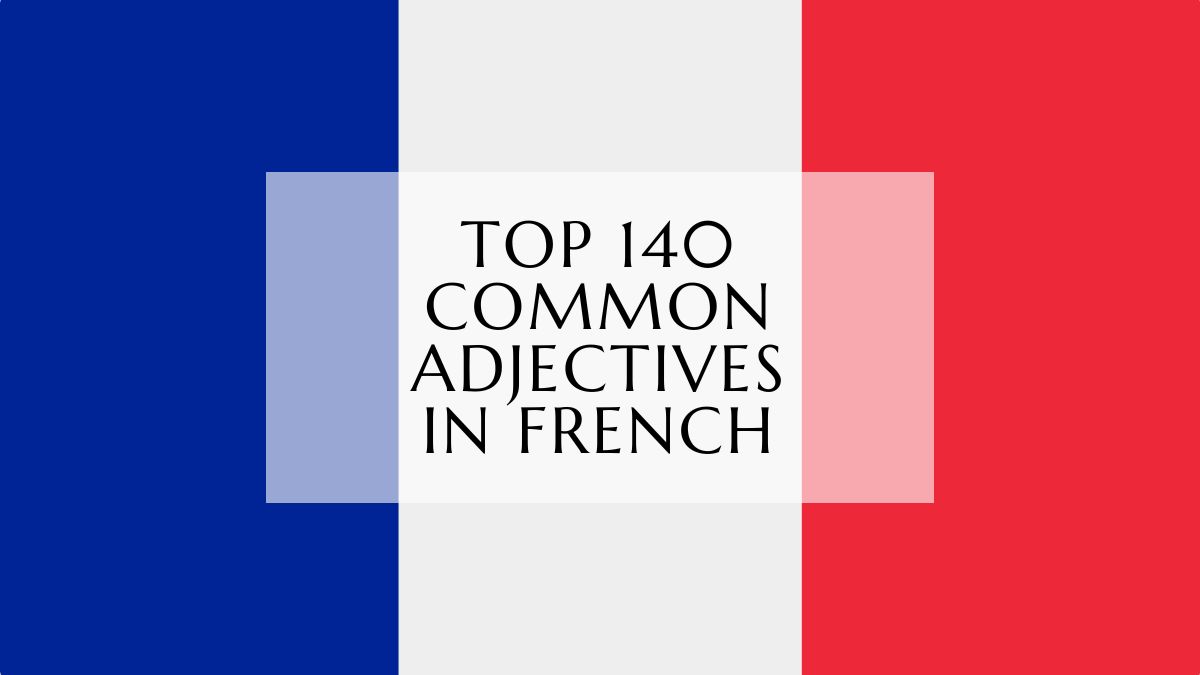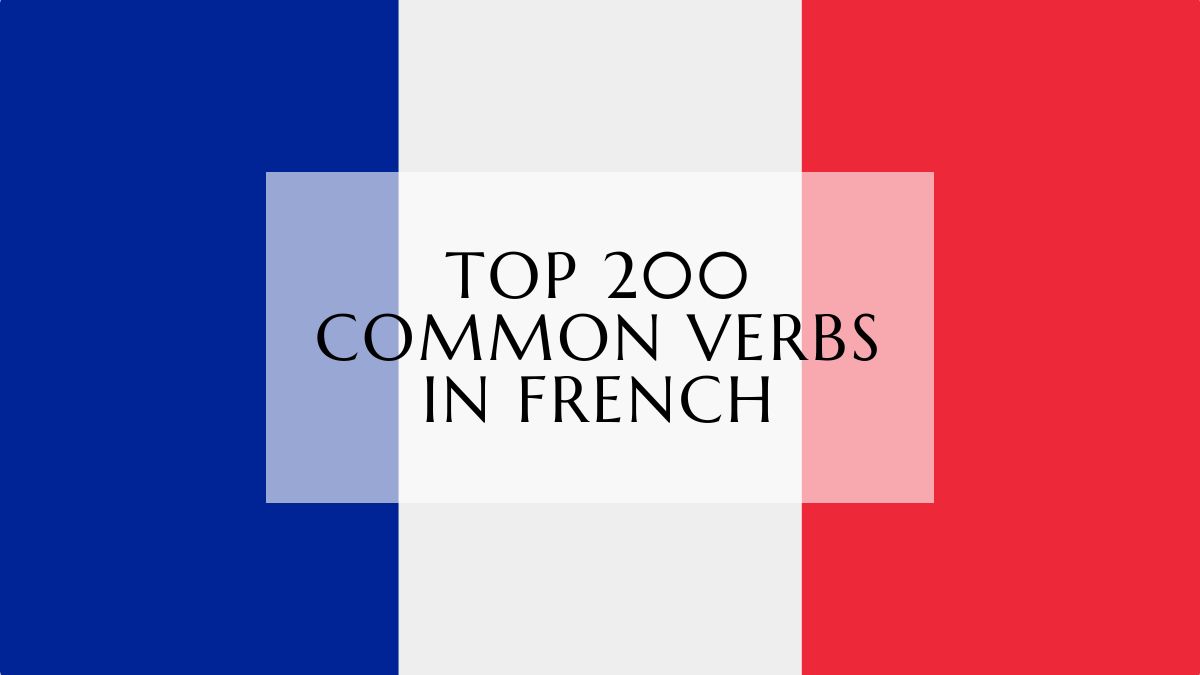Learning to greet someone in French is key to mastering the language. The most common greeting is “bonjour,” used all day long. But, there are many other ways to say “hello” in French, each with its own use.

“Salut” is for friends, while “bonsoir” is for evening. Learning these greetings can seem hard at first. But, with practice, you’ll greet French speakers like a pro. This article will cover the most common greetings, how to respond, and when to use each one.
How To Say Hello in French
The Most Common French Greeting: Bonjour
“Bonjour” is a key French greeting that means “good day.” It’s used from morning till about 6 PM. This greeting is both formal and informal, making it suitable for many situations.
It’s used when talking to elders, friends, or even strangers. Saying “Bonjour” shows respect and politeness in French.
Meaning and Usage
“Bonjour” is the most common French greeting, used often in daily conversations. It fits both formal and casual settings. This makes it a crucial part of French culture, showing respect and courtesy.
Responding to “Bonjour”
When someone says “Bonjour,” you can say it back. But, you can also use other greetings based on the situation. For example, if you see someone twice in one day, say “Salut” or “Coucou” the second time.
Bonjour is a vital greeting in French. It’s polite and respectful, used all day long. Knowing how to use and respond to “Bonjour” is important for good communication with French speakers.
Informal French Greetings
In French, salut and coucou are top picks for casual greetings. They’re perfect for chatting with friends, family, and classmates in a laid-back way.
Salut
Salut is like saying “hi” or “hey” in English. It’s for talking to people your age or younger, especially those you’re close to. It’s a great way to start a conversation. You can say anything back, like salut again.
Coucou
Coucou is even more casual, with no exact English match. It’s like saying “hi there” but with a French twist. It’s mainly for friends and babies. Use it only with people you know well.
Salut and coucou are great for saying hello in French. They help you feel close to friends and family in a friendly way.
Hello in French: Other Ways to Say Hi
There are many ways to say “hello” in French, beyond “bonjour” and “salut.” These greetings let you show your personality and fit the situation better. They make your French sound more natural and friendly.
“bienvenue” means “welcome.” It’s perfect for when someone comes to your home or a special event. It shows you’re happy to have them there.
“ravi” means “delighted” or “pleased.” It’s great for greeting someone you’re really excited to see, like a friend or family member.
“enchanté(e)” is a nice way to say “hello” when you meet someone for the first time. The “-e” changes based on the person’s gender, making it more personal.
| French Greeting | Meaning | Formality | Context |
|---|---|---|---|
| Bienvenue | Welcome | Formal | Greeting someone at your home or an event |
| Ravi | Delighted | Informal | Greeting a close friend or family member |
| Enchanté(e) | Pleased to meet you | Formal | Greeting someone for the first time |
Learning these different greetings can make your French sound more interesting and personal. It shows you’re not just learning words, but also the culture behind them.
Asking “How Are You?” in French
In French, you can ask about someone’s well-being in different ways. The formal way is “Comment allez-vous?”. This is used in professional settings and when showing respect.
For a casual greeting, “Ça va?” is great. It means “How’s it going?” and is used with friends. When someone asks you “Ça va?”, you just say “Ça va” to mean you’re fine.
Formal: “Comment allez-vous?”
“Comment allez-vous?” is a key phrase for asking how someone is doing. It’s formal and used in professional or respectful situations.
Informal: “Ça va?”
“Ça va?” is a casual way to ask “How are you?” It’s perfect for friends and relaxed settings. Just say “Ça va” to mean you’re doing well.
Looking for a formal or informal way to ask about someone’s well-being in French? These phrases will help you connect with others in French.
Saying Goodbye in French
In France, there are many ways to say goodbye. The most common is “Au revoir,” which means “Goodbye.” It works for both formal and casual settings.
Au Revoir
“Au revoir” is a popular choice for saying goodbye. It’s polite and suitable for many situations. When someone says “Au revoir” to you, you can respond with a similar level of formality.
À Bientôt and À Plus Tard
For a casual goodbye, use “À bientôt” (See you soon) or “À plus tard” (See you later). These are perfect for friends and casual settings. They suggest a friendly and warm farewell.
| Formal Goodbye | Informal Goodbye |
|---|---|
| Au revoir | À bientôt |
| Bonne journée | À plus tard |
| Passez une bonne journée | Salut |
Choosing a formal “Au revoir” or an informal “À bientôt” shows respect for French culture. It also shows you care about the people you’re saying goodbye to.
French Greetings for Different Times of Day
The French language has special greetings for each time of day. You can say “bonjour” for any time, but there are other phrases for morning, afternoon, evening, and night. These greetings show you care about the time and are polite.
Good morning in French is “Bonjour” or “Bon matin”, especially in Quebec. Good afternoon in French is “Bon après-midi”. For evening, say “Bonne soirée”. And for night, it’s “Bonne nuit”.
- Bonjour: Used throughout the day, from morning until evening.
- Bon matin: A regional variation of “good morning” in French, more common in Quebec.
- Bon après-midi: The appropriate greeting for the afternoon hours.
- Bonne soirée: The correct way to say “good evening” in French.
- Bonne nuit: The French phrase for “good night”.
Using these greetings shows you respect and care about the culture. It’s a thoughtful gesture that can strengthen your bond with French speakers. It leaves a lasting positive impression.
Email Greetings in French
When you send emails in French, the greetings can be different from everyday ones. For formal emails, you might use “Cher confrère” (Dear colleague) or “Monsieur/Madame X”. For casual emails, a simple “Bonjour” or “Salut” works well.
For closing a French email, you can use formal sign-offs like “Je vous prie d’agréer, Madame/Monsieur, l’expression de mes salutations distinguées”. But for casual emails, “À bientôt” and “Cordialement” are good choices.
French email greetings show the importance of formality and respect. Knowing when to use formal or informal greetings helps with communication. It’s important for work with colleagues, clients, or new contacts. Learning about French email etiquette can improve your professional interactions in French-speaking businesses.
Oualid Cheddadi is the founder of Lingualid, a platform that inspires independent language learners worldwide, regardless of the language they are learning. The name “Lingualid” is derived from the Portuguese word for “language,” “língua,” and the last three letters of Oualid’s name, “Lid.”



